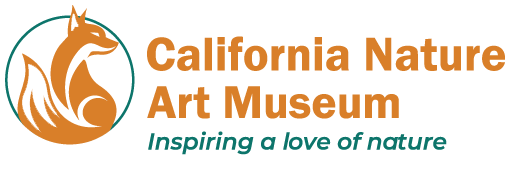SUNDAY, AUGUST 25TH, 2024 | 3:30 PM–5:00 PM
At the California Nature Art Museum (formerly the Wildling Museum), Second Floor Valley Oak Gallery
Join the California Nature Art Museum & Santa Barbara Wildlife Care Network for a co-hosted Wild Talk on pollinators of Santa Barbara County on August 25th 2024, from 3:30PM-5:00PM.
Free to attend, and reservations are not required. Ticketed reception with light food and drinks to follow.
Read More


